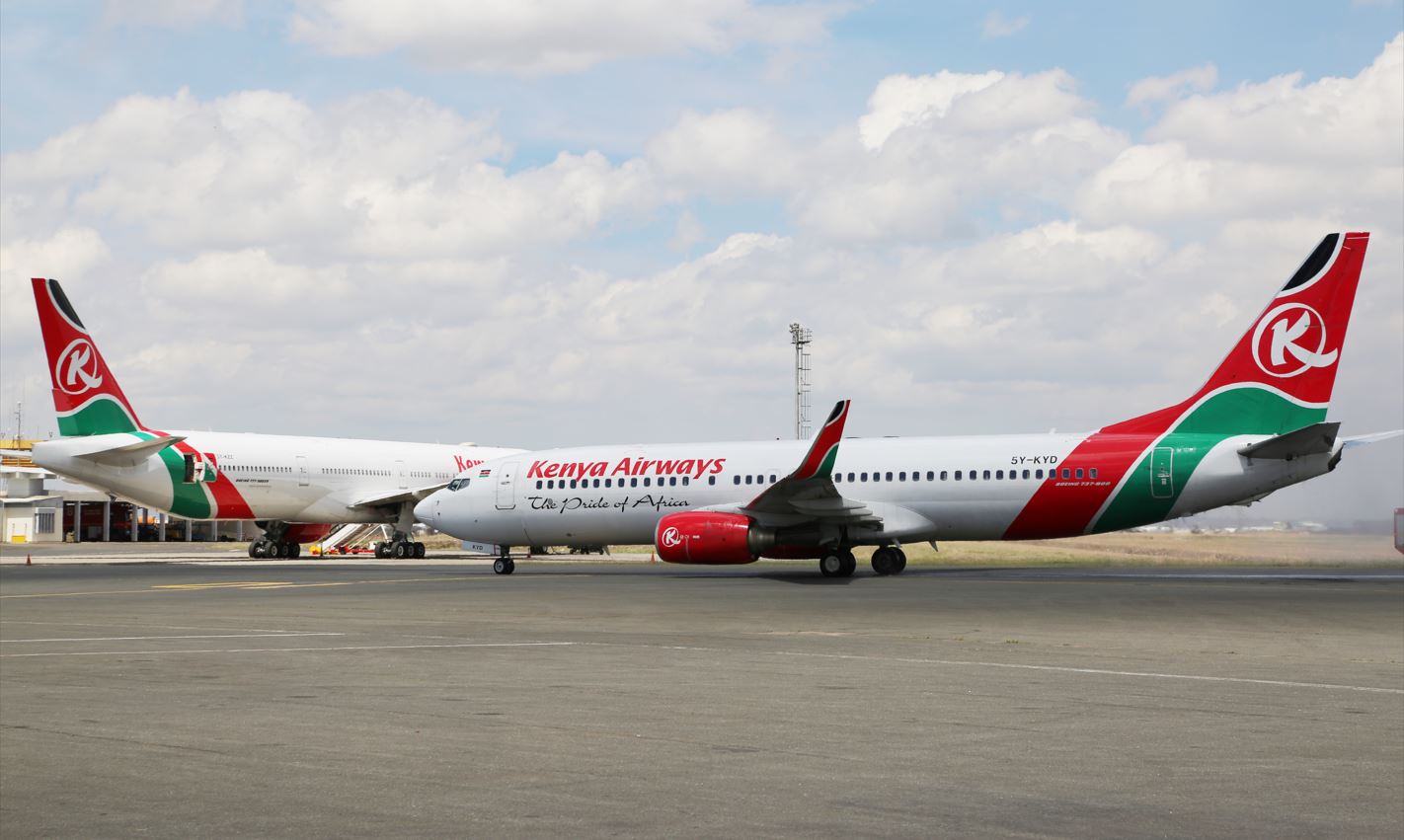
319626498 1779343235780209 5733832207609431234 n
A shortage of available aircraft is causing flight schedule disruptions and delays at Kenya Airways. In a letter to customers, CEO Allan Kilavuka apologizes for the delays which he blames on supply chain issues and staff shortages. Kenya Airways short of aircraft due to parts shortages.
Kilavuka said on January 9 that the flight disruptions are “a result of delays in getting our aircraft, which are undergoing scheduled maintenance, back into operations due to global challenges with the supply of some aircraft components.”
As an example, he refers to the issues with the sourcing of Russian titanium, which has become more problematic since Russia started the war in Ukraine in February of last year. Kilavuka said the problem is affecting Embraer in particular, which is 100 percent reliant on Russian titanium. However, during various earnings calls last year, the Brazilian airframer said that it has sufficient titanium in inventory and was actively working on options to source the material from other countries.
The airline CEO also mentions staff shortages at manufacturers as a reason why parts are arriving late. “This has exacerbated the delay in supply chains and compromised the availability of components for airlines.”
“This has constrained our aircraft availability because we do not have extra aircraft capacity to help alleviate the delays. These challenges are global and affect not only Kenya Airways but all airlines globally”, says Kilavuka. According to Plansespotters.com, seven out of 38 aircraft in the airline’s fleet are currently parked of grounded. It isn’t known if this reflects the part shortage issue or if there are other reasons why the aircraft are inactive.
“We are committed and are working with our partners, to find a solution that minimizes the disruptions and the inconvenience to our customers. To that end, we are currently finalizing a component support program that will help fast-track the securing of components”, Kilavukja writes in his letter.
“We are also actively engaging our OEM (original equipment manufacturer) partners to work on mitigation measures which should ensure continuity of our network and operations. In the event that supply chain challenges persist, we may have changes in our flight schedules with reductions in some frequencies.”
In November, another African airline said it was affected by aircraft shortages. Air Tanzania reported flight disruptions because it had to inspect the Pratt & Whitney PW1500 engines of its Airbus A220-300s following an airworthiness directive.
Views: 5



